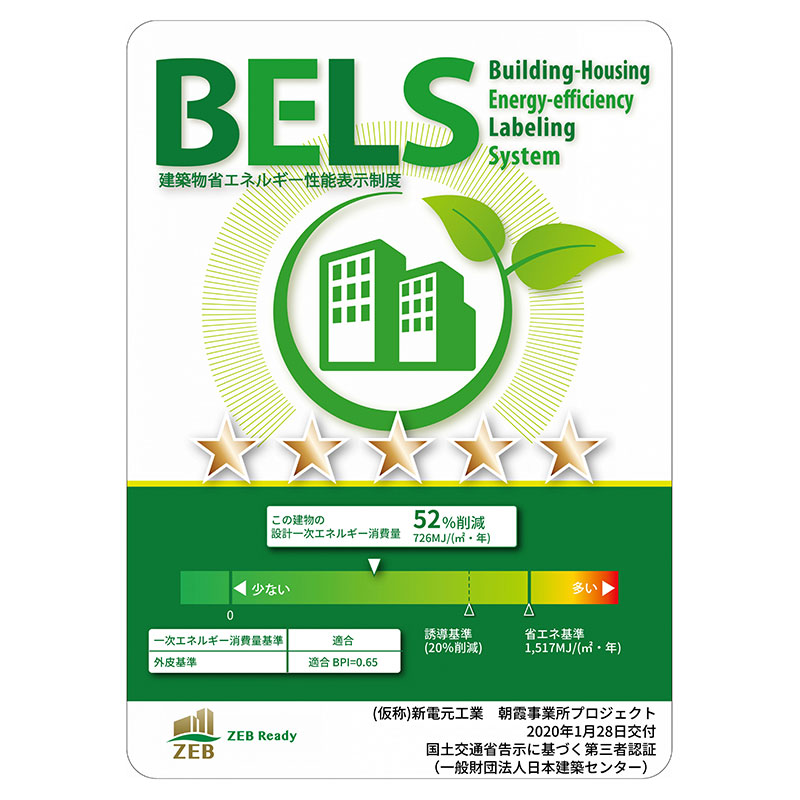E
Our ESG Management
Environment
Environment
The Shindengen Group established the Shindengen Global Environmental Charter in 1992, and has long made addressing environmental issues a key management priority. In December 2021, we established Environmental Vision 2050 and our Environmental Targets in 2030 with the aim of contributing to the development of a sustainable world, as envisioned in the Paris Agreement and Sustainable Development Goals (SDGs). Aiming for 2050, the Shindengen Group seeks to minimize environmental burden both in its own business activities and throughout the value chain to realize “decarbonization,” “a recycling-oriented society” and “society in harmony with nature.”
Environmental Vision 2050
We believe that only by passing on a beautiful earth to the next generation can we realize a future of value, and will contribute toward achieving the goals of “decarbonization,” “a recycling-oriented society” and “society in harmony with nature.”
-
Contributing to decarbonization
We aspire to realize decarbonization throughout the entire value chain.
Environmental Targets in 2030
- 46% reduction of CO₂ emissions in production processes compared with FY2013
- Further reduction of CO₂ emissions through products
-
Contributing to a recycling-oriented society
We aim to minimize impact on the environment through both efficient use of resources and eco-friendly products.
Environmental Targets in 2030
- Maintain a recycling ratio of 99.9% or higher
- Enhancement of eco-friendly product and technology development
-
Contributing to a society in harmony with nature
We aim to minimize impact on the environment by continuously enhancing biodiversity protection.
Environmental Targets in 2030
- Promotion of water resource preservation
- Promotion of natural preservation through the positive use of FSC certified paper and other initiatives
Focus
1. Reducing CO₂ Emissions Through Products
The chart below shows the value that the Shindengen Group provided through eco-friendly technologies in fiscal 2023 in terms of the reduction in electricity or fuel consumed during use and the resulting reduction in CO₂ emissions.
Energy-Saving Products
| Product | Power consumption reduction | CO₂ emission reduction | |
|---|---|---|---|
 |
Semiconductor | 1,040.1 million kWh | 507,568 t-CO₂ |
 |
Rectifiers for communications equipment | 55.4 million kWh | 27,044 t-CO₂ |
 |
EV chargers | 0.5 million kWh | 268 t-CO₂ |
| Product | Gasoline consumption reduction | CO₂ emission reduction | |
 |
DC/DC converters for four-wheel vehicles | 30,866 kL | 71,608 t-CO₂ |
 |
Car electronics for motorcycles | 3,482 kL | 8,078 t-CO₂ |
* Annual power consumption reduction = (Annual power consumptions of previous product series – Annual power consumptions of new product series) × Annual units sold
* Annual gasoline consumption reduction = [Annual fuel consumption of a gasoline-powered vehicle (gasoline) – annual fuel consumption of a hybrid electric vehicle (gasoline equivalent)] x Vehicles manufactured
Reducing CO₂ Emissions from Business Activities
In April 2021, we consolidated functions that were physically separated from one another at the Hanno Factory, including R&D and business operations, and the functions of the Otemachi Head Office, moving them to the newly opened Asaka Office. The Asaka Office is designed to be eco-friendly, as described below. As a result, it has obtained ZEB Ready certification as a building that reduces annual primary energy consumption by 52%. In addition, 100% of the electricity used at the Asaka Office is generated from renewable sources.
- Includes an atrium that incorporates natural light and ventilation
- Under-floor air conditioning and heat pump desiccant humidity control outdoor air units
- Proactive use of energy-saving technologies, such as automatic CO₂ control






